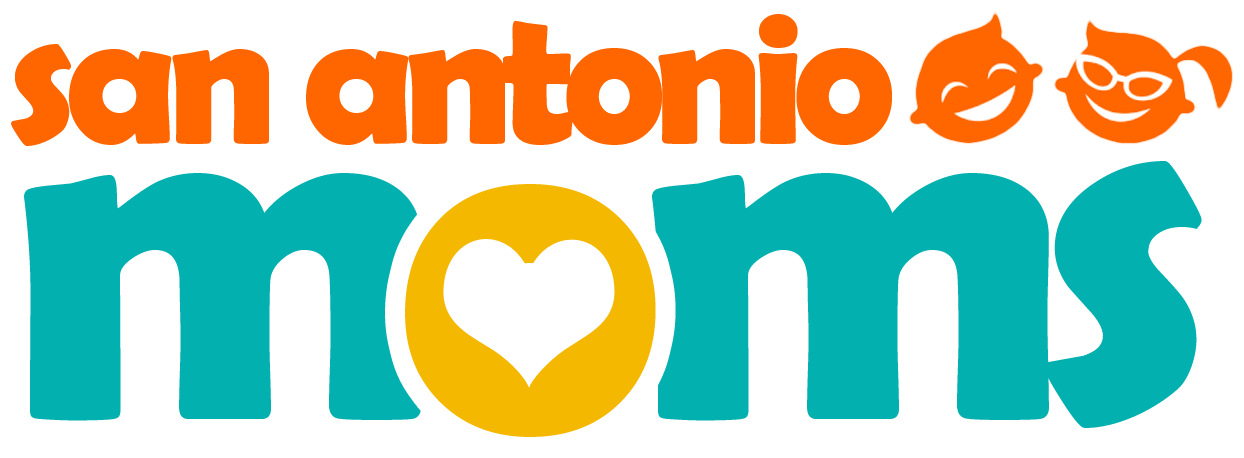It is important to have an effective therapy for those with autism. There are actually a variety of approaches for therapy for autism taken in this regard. This is because there are constantly new things being learned (i.e. special diets, supplements, behavioral intervention, training, teaching, skills, physical intervention). Even still, the core areas of difficulty and the basic types of intervention that are used remain the same.
Issues Faced By Autistic Patients Who Need Therapy
Table of Contents
People who have autism generally face the following issues:
- Communication deficits or delays
- Social deficits and difficulties
- Intensive interests or activities
- Sensory difficulties
Areas Of Support Targeted By Autism Therapy
There are 3 main areas that therapy for autism target. They include:
- Communication difficulties are targeted with speech therapy. This is because there is usually either a lack or delay in linguistic skills. The weakness often involves difficulty with implied meanings and how contextual clues are used to convey meanings.
- Social skills are also targeted so that children can pick up on the non-verbal aspects of language (i.e. eye contact, facial expressions).
- Sensory difficulties (i.e. hearing sensitivities, visual preferences, being bothered by or drawn to certain textures, being comfortable with the body in space, taste preferences) oftentimes lead to a lot of unusual preferences, routines, and stereotyped motor mannerisms. These are things that can be effectively addressed by the use of occupational therapy.
Common Approaches Used In Teaching And Intervention
There are many different types of interventions and tools that are used for these core areas. Sometimes multiple methods are used in order to find the one that is the most effective. It is also important to note that while one method may work well for one child, it may not work well for another child. The most commonly used therapeutic methods to treat autism include:
- ABA (Applied Behavior Analysis) therapy for autism involves taking data on behavior both before and after an intervention has been implemented so as to be able to determine just how successful the intervention has been.
- DTT (Discrete Trial Training) is another form of ABA that is used to intervene with behaviors. It targets very specific behavior areas and intervenes with targeted responses that are reinforced. These targets must be implemented in various natural settings in order to support a generalization.
- Visual supports are oftentimes used because people with autism are visually oriented and thus better able to process information in this fashion.
- Picture communication symbols are oftentimes used with people who have limited to no language.
- Video modeling of skills is more effective since people with autism are very visual.
- Social stories are a great tool for helping people with autism because they have difficulty grasping information whenever it isn’t presented within context. These stories are short, step-by-step stories that use visuals in combination with brief, literal language in order to present a new skill in a lifelike situation.
- Step-by-step instruction of social skills allows people with autism to pick up on skills that others learn simply by observing others. This type of instruction includes modeling, role-play, prompting and independent practice.
- Modeling provides the visual clues that people with autism will often look for so as to know what they are to be doing. While most people with autism find it difficult to pick up on the subtle aspects of what is being modeled for them, this can still be a helpful cue to them.
In Conclusion
Oftentimes people who are on the autism spectrum need therapy that is specialized for their individualized needs. The methods that are used for intervention differ from 1 autistic person to another. By knowing what the methods are that are used and how to choose a qualified autism therapist will help to ensure that there is a positive outcome for the patient.
